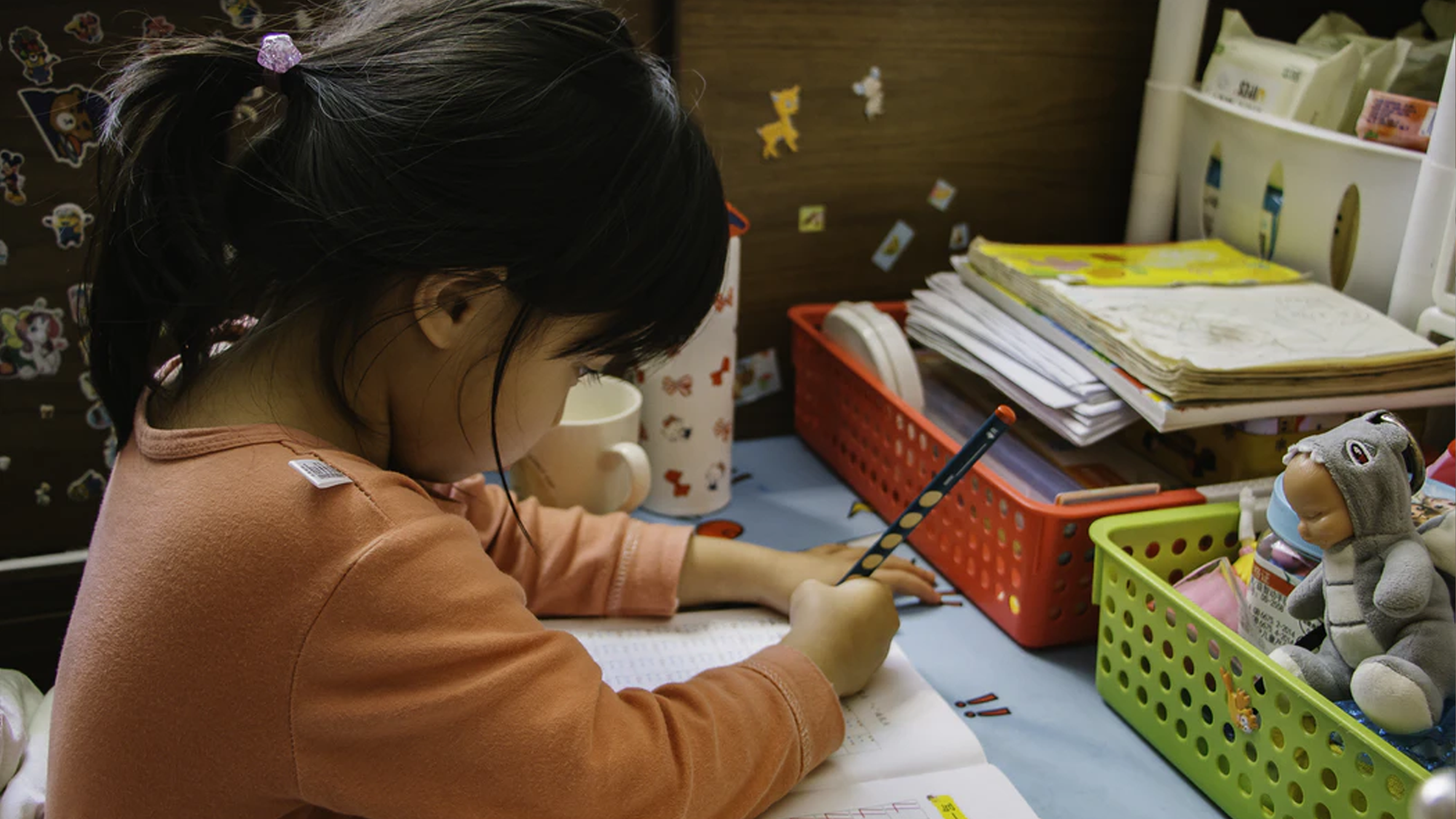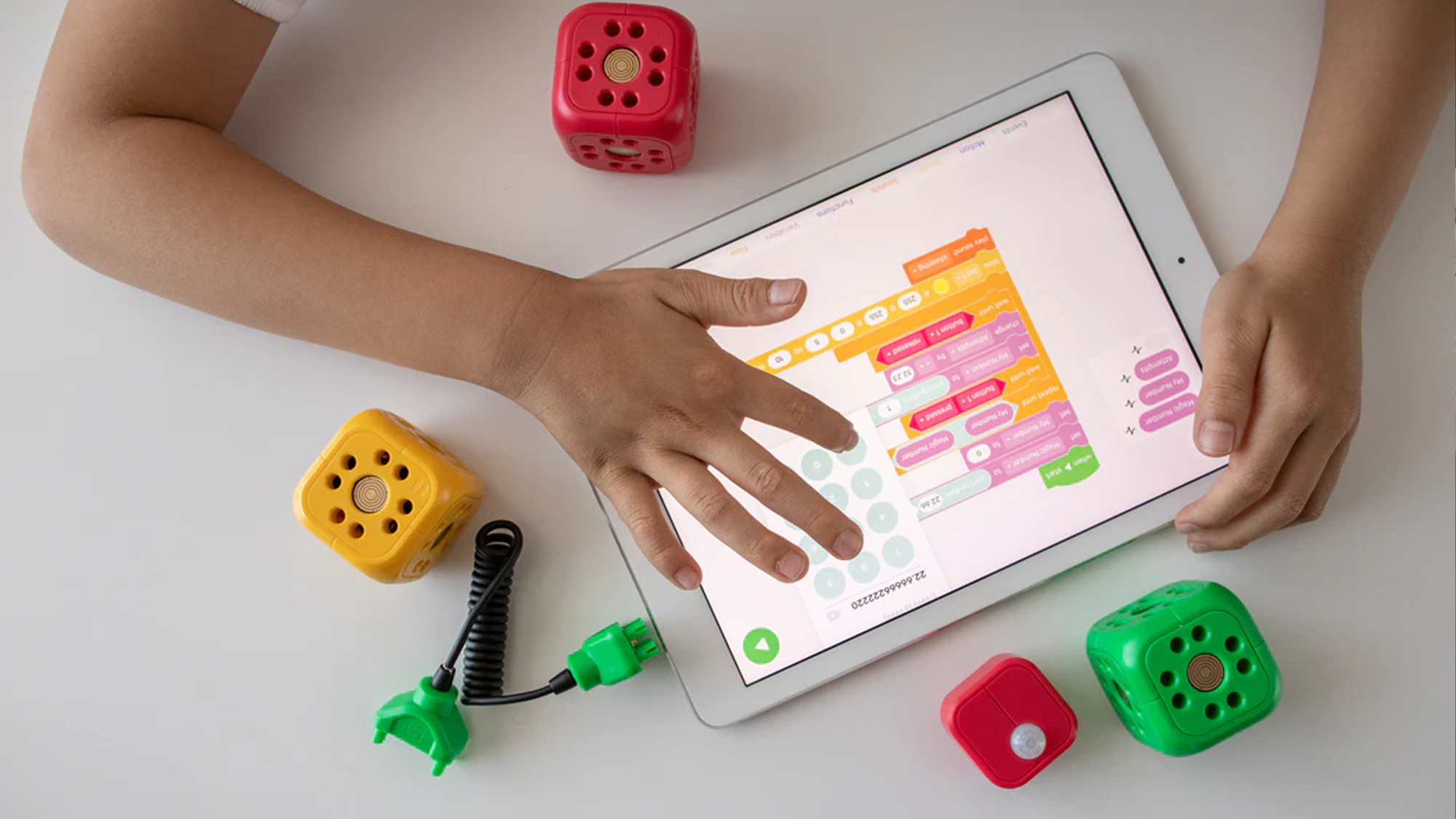What if L&D was second nature to our children?
21 April 2021 — Written by Aishwarya Muralidhar

Did you know that children learn more quickly between the ages of 0-8 than at any other time in their life? A child’s early years are their most formative ones. Children go through rapid growth in intellectual, emotional, social, and physical development during these years. Studies have shown that a child’s elementary years have a profound effect on their future. Students of all ages have had to adapt to learning autonomously with remote learning. It is, without doubt, an essential skill that’s been tested over the past year.
Learning never ends. As a college student or as a part of a workforce, learning and growth are always constant. Organizations worldwide allocate nearly 11% of their budget to employee training and development. Critical thinking, research skills, creative thinking, and self-management abilities are vital to learners. Self-determined learning sharpens these skills. What if we can put children on the path to learning and development in an autonomous way right from the get-go? Imagine the positive implications it can have on his or her life if they were given the agency and choice to learn these skills in childhood itself!
So how do you set your child up to be the best that they can be? Read on to find out more!
What are some important areas of childhood development?
- Social/Emotional - Ability to interact with others, exercising self-control, and expressing likes and dislikes.
- Communication - This is a learner’s capacity to communicate and express oneself using speech.
- Physical Development - Physical development has two sub-groups, gross and fine motor skills. Gross motor skills deal with larger muscle groups. Fine motor skills include the ability to use smaller muscles, like those on your fingers.
- Cognitive Function - This is a child’s ability to learn, think, and solve problems. Ranging from understanding fact from fiction, cause and effect, ability to compare, and so on.
All of these growth areas often intersect in learning situations. For example, cognitive function often goes hand in hand with physical development. Social and emotional awareness grows through interaction and communication. These skills rarely have to be explicitly taught. A stimulating environment can offer everything a child needs to develop them. They can learn the basics all on their own!
How do young children learn?

Cultivate a supportive environment
Apart from being encouraging, having a well-thought-out learning environment at home can be calming and motivating. Provide a dedicated space for learning and play. Children love having a space to call their own, so get creative with them!
Develop habits
Keep a routine in place so that they can take responsibility for their actions. Get them to clean up after playtime, or help them to check in on their emotions each day. Building healthy habits, however small, provide them the necessary structure.
Encourage their interests
If a child shows interest in something, support it! Let them know that you recognise it and are there for them. Dive deeper into their interest together. Spur curiosity and questions. Besides bringing joy and meaning to their lives, it is also a great way to bond with your children!
In summary, learning happens everyday for young children. It’s important to give them the freedom and liberty to understand and learn on their own. Autonomous learning is a skill that they can carry with them well into their adult life.
What are your thoughts about empowering your children to learn on their own? Write to us on contact@beyond8.in . If you believe your teen can benefit from liberal education, check out the programs we offer at Beyond 8!